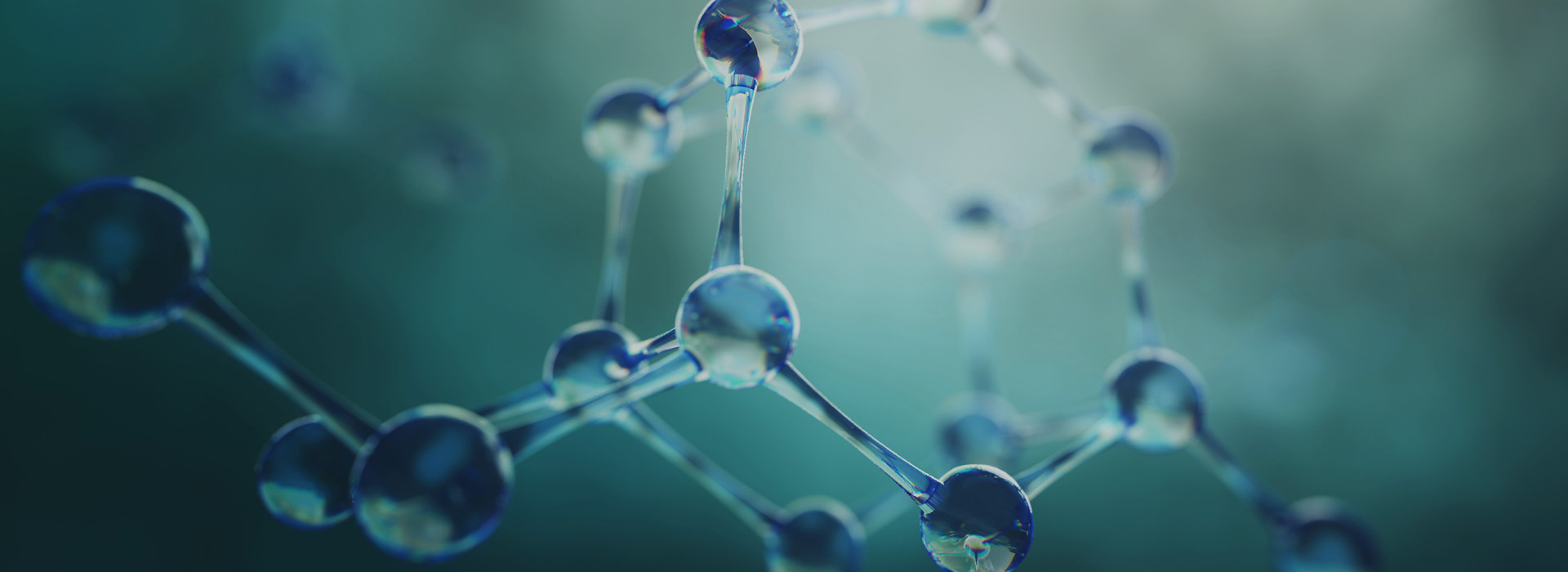Prices of polycarbonates and polyurethanes: what do they have in common?
Both of these prices are experiencing a particularly slow reduction phase
Published by Luigi Bidoia. .
Polycarbonate Polyurethanes Price Drivers
Even at the beginning of 2024, with the activity levels of the European industry blocked for almost 24 months and with weak demand for industrial commodities, the prices of polycarbonates and polyurethanes were respectively 28% and 35% higher than the price level of 2019, as shown in the table below.
In the table, in addition to the changes compared to 2019 in the prices of polycarbonates and polyurethanes in the last 4 years and in January 2024, the changes in the average price of thermoplastics are also shown for comparison.
Changes in plastic material prices compared to 2019 levels

In the growth phase, polycarbonates presented a similar price dynamics to thermoplastics. The descent phase, however, was much slower. Polycarbonate prices, although decreasing, remained particularly high, both in 2023 and 2024. The 2021-2022 growth phase of polyurethane prices was less disruptive, followed, also in this case, by a particularly slow phase of decline, especially when compared with that of the thermoplastics complex.
Polycarbonates and polyurethanes
Polycarbonates (PC) are a large class of engineering thermoplastics, known for their high impact resistance, exceptional transparency, and good thermal resistance. Thanks to their versatility, polycarbonates find a wide range of applications in various sectors, from electronics and electrical engineering to automotive, construction, aerospace, and consumer goods. Their main production input is bisphenol A, derived from petroleum. Their production requires advanced technologies and is very energy intensive.
Polyurethanes (PU) are an extremely versatile class of thermosetting polymers that find application in a wide range of industries due to their unique ability to be formulated to achieve very different properties. They can range from soft, flexible foams, to hard, rigid elastomers, to paints and adhesives. This versatility makes them indispensable in many sectors. They use different production inputs, derived from petrochemistry and combined differently, depending on the desired properties of the output. The production process of polyurethanes also requires advanced technologies and is very energy intensive.
Analysis of price determinants
In order to research the factors that may unite the dynamics in recent years of the prices of polycarbonates with those of polyurethanes, an econometric analysis of the possible determinants was developed. In the context of this research, the prices of the different production inputs tested were not significant. Conversely, some macroeconomic environmental factors were found to be highly significant, such as the industrial economic cycle, the consumer price index and the price of gas, representative of both final energy and electricity. Below is a summary of the estimated coefficients.
Estimation results for polycarbonate and polyurethane prices
| dependent variable | explanatory variables | ||||
| gas price | inflation | cycle | trend | ||
| Polycarbonates price | 0.28 | 1.14 | 0.95 | -0.13 | |
| Polyurethane price | 0.18 | 1.31 | 0.53 | -0.09 | |
The analysis of the results allows to highlight the following aspects, valid for both prices:
- Prices are strongly influenced by inflation. This effect may be due to the dynamics of labor and service costs, approximated by the dynamics of consumer prices, but it may also reflect competitive strategies of companies based on the technical and qualitative differentiation of the products offered. In this case, sales prices tend to align with perceived inflation, which corresponds to "accepted" price increases by user companies.
- The industrial cycle is an important determinant of sales prices. In phases of growth in activity levels, demand tends to increase more than uses due to an increase in stocks for precautionary purposes; vice versa in the decreasing phases of the cycle.
- The price of gas represents a cost that tends to be transferred to sales prices. Also in this case, the greater transferability of the higher costs due to the increase in gas prices to sales prices seems linked to greater transparency of gas prices, easily shared during the negotiation and price update phase.
- The price is influenced by a negative long-term trend. This means that, all things being equal, the price records decreases that tend to accumulate over time. This phenomenon is the result of a significant product innovation process that characterizes both product families. Driven by greater use of renewable raw materials, the use of low environmental impact production systems and improved methods for recycling end-of-life products, both products are experiencing a good rate of innovation.
Conclusion
Polycarbonates and polyurethanes have very similar price dynamics. This alignment does not arise from some direct relationship between the two prices, but by the strong similarity in the business strategies implemented by the manufacturing companies.
In fact, they implement strategies of very marked technical differentiation, competing more on solutions than on prices. In this context, price variations are less linked to actual production costs and more dependent on demand conditions and general price dynamics, which is more widely recognized as a justified factor in increasing sales prices.
The main factor that limited the reduction in the prices of polycarbonates and polyurethanes in the last year is therefore to be found in the general increase in consumer prices which limited the decrease in prices, due to the reduction in the price of gas.
The expected reduction in general inflation in the coming months will tend to limit the growth factors in their prices.
Support for growth could come from the recovery in levels of industrial activity. It is very likely, however, that the continuation of the innovation process, which has characterized these two product families, is still a factor capable of counterbalancing the growth factors, leading to substantial stability in the prices of polycarbonates and polyurethanes.
